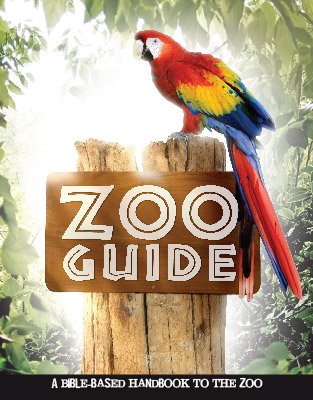Rattlesnake
Photo by Duncan Sanchez on Unsplash
The most prominent feature of the rattlesnake is the rattle at the end of the tail. This rattle is made of a hard substance called keratin.

Design
The rattlesnake is designed with hollow fangs. When the rattlesnake bites its victim, the lethal venom travels through these hollow fangs and is injected into the prey’s body. Rattlesnake species inhabit many different regions. The genetic variation given to this original kind by God has enabled it to thrive in different areas.
Features
- The most prominent feature of the rattlesnake is the rattle at the end of the tail. This rattle is made of a hard substance called keratin.
- Unlike some other snake species, the rattlesnake does not lay eggs; it gives birth to live young.
Fun Facts
- When a rattlesnake molts, the scales at its end do not fall off; instead they become part of the rattle.
- The rattlesnake “smells” with its tongue. It flicks its tongue in and out, picking up odor particles from the ground and passing them over a special smelling organ in the roof of its mouth, called the Jacobson’s organ.
- A rattlesnake uses its rattle to warn others of its presence. If you hear the sound of a rattle while in the woods, be careful where you step because a rattlesnake feels threatened.
Created Kind Members
Cottonmouth, copperhead
CLASS: Reptilia (reptiles)
ORDER: Squamata (amphisbaenians, lizards, and snakes [scaly])
FAMILY: Viperidae (Old World vipers)
GENUS/SPECIES: About 30 species in two genera (Crotalus and Sistrurus)
Size: 1–8 ft (0.6–2.4 m), depending on species
Weight: 3 oz–10 lbs (0.9–4.5 kg), depending on species
Original Diet: Plants
Present Diet: Small rodents and lizards
Habitat: Desert, grasslands, and semi-arid regions of all the lower 48 U.S. states, and Central and South America
Zoo Guide
Make your next visit to the zoo more than just fun—make it factual and fascinating too! You could even start a personal “creation zoo tours” ministry. Featuring more than 100 animals, our long-awaited Zoo Guide includes beautiful pictures and explores the amazing facts and design features that point to our awesome Creator. Excellent gift for any one who loves animals!
Browse Kids Book- © 2025 Answers in Genesis
- Privacy Policy
- Contact
- About

